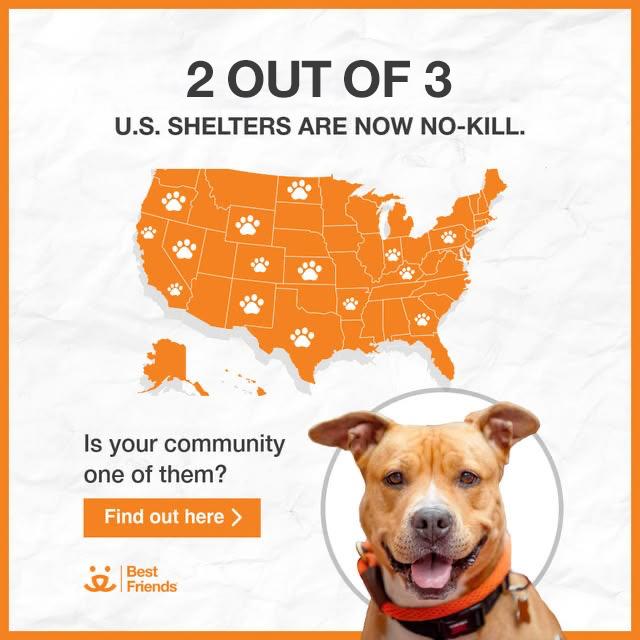
How to Stop Dogs From Escaping
Is your dog escaping from your yard or home? Dog escapes happen for a variety of reasons — from boredom to fencing that isn't dog-proof — and for the safety of the dog it's important to promptly address the behavior. Here are some tips to help stop a dog from escaping.
Why does my dog keep escaping?
Here are two common reasons a dog might be motivated to escape:
- Sexual motivation: If your dog is not neutered, he might be escaping to search for female dogs. There’s a simple solution: Neuter your dog. (The same holds true for unfixed female dogs, who might be escaping to find male dogs.)
- Lack of physical or mental stimulation: All dogs need exercise and interaction with their people. If your dog is spending too many hours out in the yard alone, escaping might be their way of dealing with loneliness, separation anxiety, and boredom.
If you’re away from home all day, are there ways that you can break up the long day for your dog? Perhaps a neighbor could walk your dog halfway through the day, or maybe you could arrange to have your dog visit another dog at a friend’s home some days while you are away. Other options are putting your dog in doggy daycare or hiring a dog walker.

See how your community is doing
How can you provide mental stimulation for dogs? Take them on walks, do some training exercises with them before and after work, play fetch, and make meals more interesting by using a food puzzle or freezing a Kong stuffed with wet dog food.
How do I stop my dog from escaping?
Here are the various ways that dogs tend to escape and some methods to prevent it:
- Latch-lifting: Some dogs have learned to open gates and door handles or knobs and let themselves out. Doors can be locked or blocked, and most gates have a latch that can be secured by placing a clip through a hole when the latch is closed. The clip can be a clip from an old leash, a lock, or a carabiner. If you need a reminder to use the clip and to get others to use it, put a sign on the gate that says, “Please clip the gate.”
- Jumping or climbing over the fence: Look for and move objects that the dog might be using as aids. For instance, if a doghouse or a tree that the dog can climb is close to the fence, they might be able to use it to jump over the fence. Install additional fencing to add height to your fence if necessary. You could try using a light-gauge wire for this purpose; if the dog feels that the light wire is unstable, they might decide they can no longer jump out. If your dog only climbs out at the corners, you can add fencing across the corners over the top. You can try cat-proof fencing (such as purrfectfence.com), which works equally well for most dogs. There’s also a product called Coyote Roller (www.coyoteroller.com), rollers that can be installed on the top of fencing to prevent the dog from being able to grip the top of the fence.
- Digging under the fence: If digging out is your dog’s plan, you will most likely need either to bury fencing in the ground (18 to 24 inches deep) or attach fencing to the bottom of your fence and lay it on the ground at least 12 inches into the yard. Both methods work, but you must fix the entire perimeter of the yard or the dog will probably find the unprotected spots. For some dogs, however, laying down railroad ties or paving stones against the fence in the yard is enough of a deterrent.
- Dashing out the door: Some dogs escape by dashing out of the house the moment the door opens. For door dashers, the best strategy is to train the dog to expect a treat whenever the door is opened. Start by placing a baby gate or exercise pen at the doorway. If you have a big dog, you might want to use one that is tall and extra sturdy. Practice opening the door, stepping over the gate (or walking through it, depending on the style of the gate), and then giving the dog a treat. Soon, your dog will be waiting at the door for a treat rather than dashing out the door.
Whatever method you end up using to stop your dog from escaping, make sure your dog has a registered microchip and a collar with up-to-date ID tags to increase the chance of your pup being safely returned to you.
